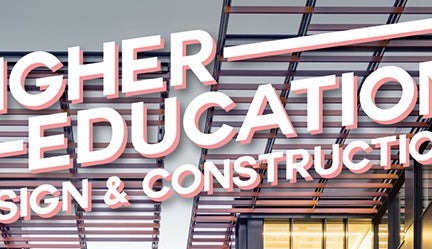By Ken Dyckman, PE, DBIA, Hermanson Company
 As colleges and universities jockey to attract the best and brightest students, providing an environment that emphasizes sustainability and the health and well-being of the students provides a competitive advantage.
As colleges and universities jockey to attract the best and brightest students, providing an environment that emphasizes sustainability and the health and well-being of the students provides a competitive advantage.
Building trends are focused on meeting the demands of creating flexible learning spaces, improved student housing options and greater campus amenities that meet sustainability goals while still fitting within capitalization budgets. This is particularly true within the mechanical scope of work (plumbing, heating and cooling) which can account for around 20 percent of a facility’s overall budget.
Trends in higher education have created the need for a shift away from traditional construction methods and mechanical/plumbing design approaches. A movement toward design-build or progressive design-build delivery approach helps ensure the lowest total installed project costs at many of our state universities and colleges.
With these approaches, mechanical and plumbing contractors collaborate with architects, engineers and owners from the early design stage to provide value engineering through a best-value scoring system.
Through project completion, the mechanical design-build team works in partnership with the general contractor and owner toward common goals for the project. In this method, competing interests are minimized, decisions can be made faster to reduce design time and an accurate budget can be locked in much earlier, which is important in this volatile time of labor and material escalation risks.
Being involved in the early design stages of a project allows mechanical and plumbing contractors input into each space’s heating, cooling, ventilation and plumbing needs while providing live cost estimates to validate the design direction decisions. Based on occupancy and other factors in a higher education facility, a mechanical design-builder may recommend several solutions.
Chilled beams
Chilled beams have become popular for reasons of flexibility, comfort and energy use. With a chilled beam system, large “beams” or panels in the ceiling provide radiant cooling using cool water provided from a remote chiller plant.

 As colleges and universities jockey to attract the best and brightest students, providing an environment that emphasizes sustainability and the health and well-being of the students provides a competitive advantage.
As colleges and universities jockey to attract the best and brightest students, providing an environment that emphasizes sustainability and the health and well-being of the students provides a competitive advantage.